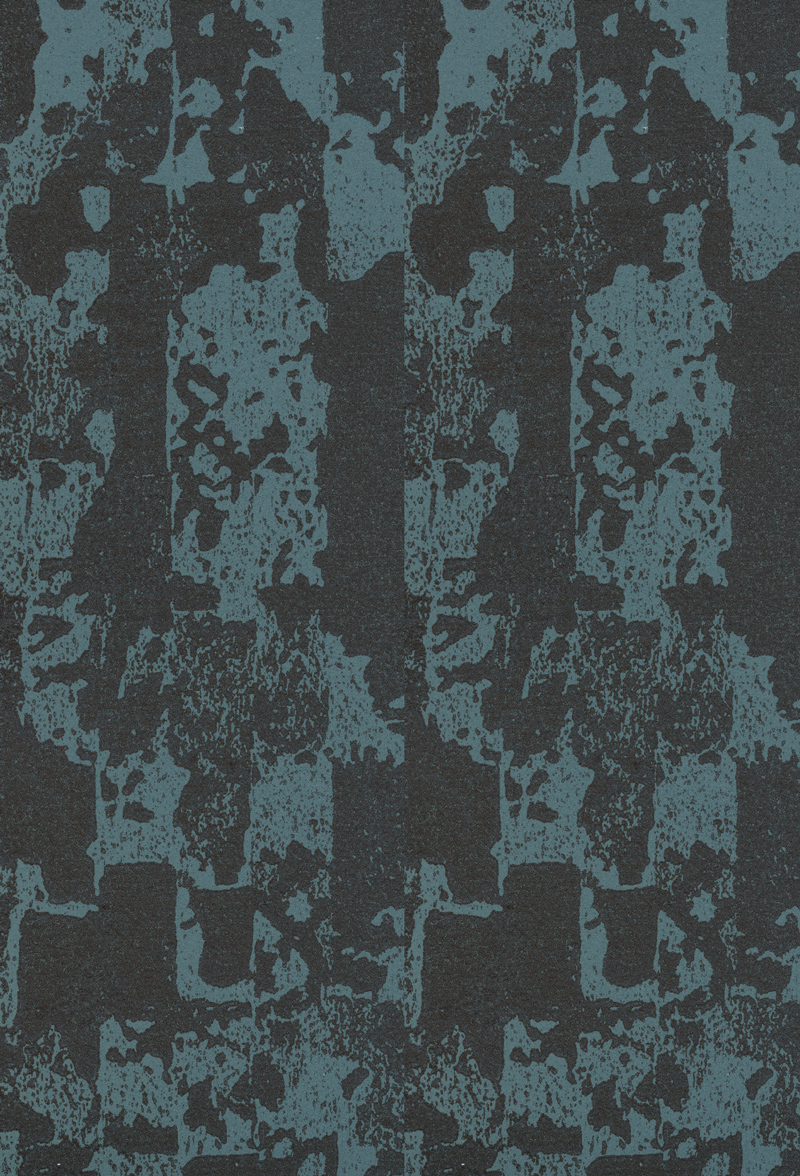
Summer 2023
GPS presents a new solo exhibition by resident artist Nathan J. Baker.
––––––
From the exhibition statement:
“Sculpture has unique characteristics as a form of artistic expression. It often brings
presence – much like sharing a room with another person – generating a space of
confrontation or contemplation. There is much visual art that exists on a flat plane. In contrast, sculptures inhabit and command space as objects, holding weight, both literal and metaphorical. They become areas of condensed meaning – often imbued through the physicality of their making, through the choice of materials, through the movement and energy of the artist’s body, through intentional action and intervention.
The materials chosen for this exhibition – mostly common grade sheets of plywood and basic construction lumber – are the materials that constitute the spaces we inhabit. Thus they become almost invisible by way of their ubiquity and commonness. These products are all examples of tree-as-commodity, creating a tension between the tree itself and the practical building material which it has become. As is the action of the artist. Wrapped into these pieces are confrontations with work and value, abstraction and perfection, but with the shadow of the artist always present through his tools, his time, his decisions and his labor.
Sculptures, as containers for meaning, are also informed by their relationship with the space in which they are placed. For this show, the works are housed in a building which the artist has transformed through years of physical labor and experience. This building itself is surrounded by the Monongahela National Forest as well as vast acres of private, active timberland – much of which is at the age of harvest.”
––––––
Support for this exhibition is provided by the West Virginia Department of Arts,
Culture, and History and the National Endowment for the Arts, with approval from
the WV Commission on the Arts.
––––––
Nathan J. Baker is an artist and builder who lives and works in Thomas, WV.
He is a co-founder of Gradient Projects and Invisible – an artist-run gallery in Thomas.
nathanbakerart.com



More Images to come.

 From the artist’s
From the artist’s 
















